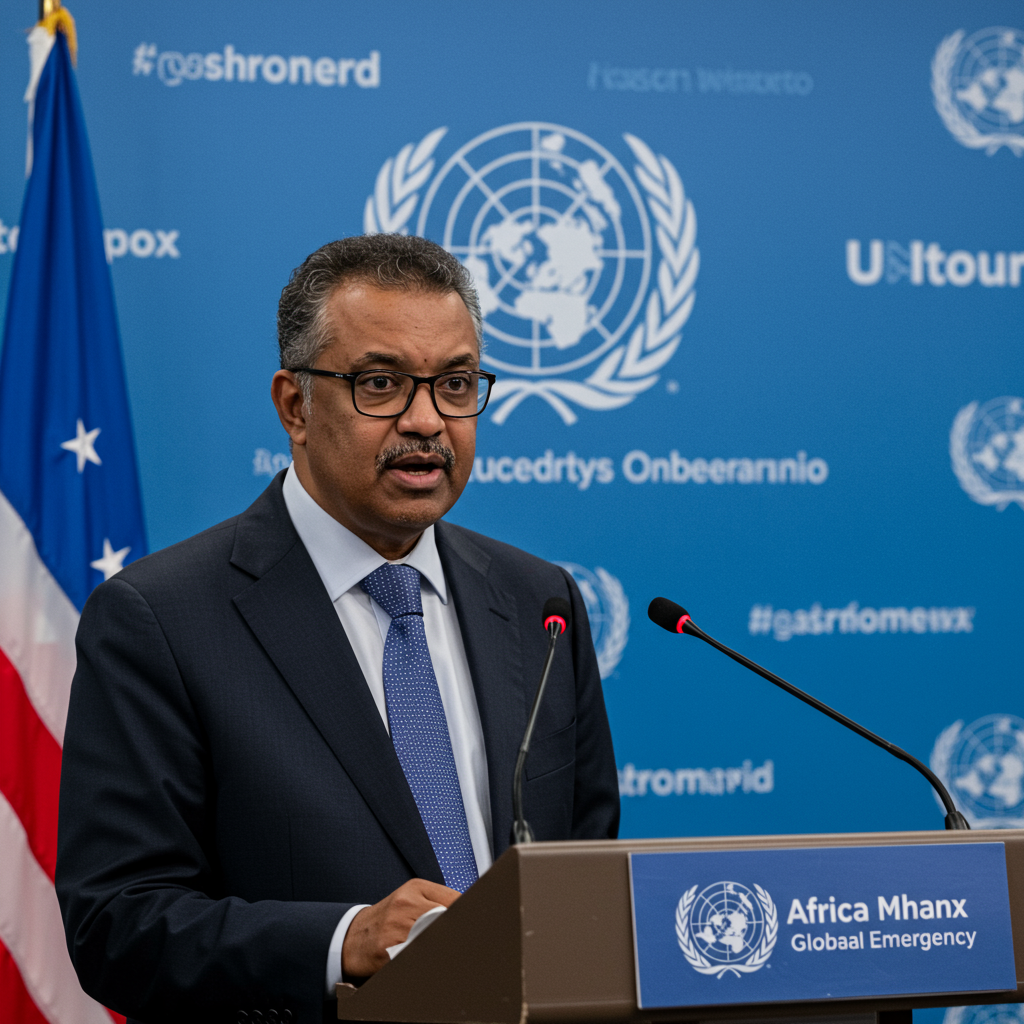In a significant development for Ukraine’s defense capabilities, US President Donald Trump has announced plans to dispatch potent American-made Patriot air defense systems. This critical military aid is slated to be delivered through the NATO alliance. The unconventional arrangement, detailed by Trump in a recent interview, stipulates that NATO will bear the entire cost of these formidable weapons. The announcement follows urgent appeals from Kyiv amid a sharp escalation in Russian aerial attacks.
Strategic Shift: US Commits Patriot Systems to Ukraine
The decision marks a notable tactical shift in the approach to arming Ukraine, particularly from the perspective of the US administration. President Trump, who has previously signaled a desire to scale back direct American support and pushed for European allies to contribute more, framed this as a new “deal.” He explained the process: the US will send the weapons directly “to Nato, and then Nato will distribute that.” This mechanism appears designed to align with Trump’s emphasis on alliance burden-sharing, with NATO members collectively funding the purchase.
The “Via NATO” Mechanism and Funding Details
The chosen delivery method, channeling the systems through NATO, represents a layered approach to military assistance. Rather than a direct US-to-Ukraine transfer, the equipment will enter NATO’s inventory, with the alliance then facilitating its movement to Ukraine. Crucially, Trump stated unequivocally that “Nato is going to reimburse the full cost” of the Patriots and other weapons sent. This funding model relies on contributions from NATO member states, including the United States. The specifics of how this reimbursement will be structured within NATO budgets were not immediately detailed, but the intent is clearly to shift the financial burden away from a direct US expenditure.
Ukraine’s Urgent Need: Responding to Escalating Attacks
The timing of this commitment is directly linked to the severe intensification of Russian aerial assaults on Ukrainian cities and infrastructure. Ukrainian President Volodymyr Zelensky had engaged in a “positive dialogue” with Trump, specifically requesting ten Patriot systems. This plea came after a week saw a dramatic surge in drone and missile attacks. Ukraine recently faced a record barrage involving 728 drones in a single night, a stark illustration of Moscow’s ramped-up aerial campaign. The human cost is significant; according to the UN, June recorded the highest monthly civilian casualties in Ukraine in three years, with 232 people killed and over 1,300 injured. Zelensky warned that Russia aims to further escalate, potentially producing and using up to 1,000 drones daily. This relentless bombardment spreads fear and erodes morale, making effective air defense paramount.
The Power of Patriot: Why These Systems Matter
Patriot batteries are universally recognized as among the world’s elite air defense systems. They excel at detecting and intercepting a wide array of aerial threats, from cruise missiles to highly challenging ballistic missiles. Their sophisticated radar, precise tracking capabilities, and high interception rate make them vital components of Ukraine’s defenses. Alongside Soviet-era S-300s and Western NASAMS, Patriots enable a crucial “layered defense” that protects vital civilian and military assets. Without systems like the Patriot, Ukraine’s ability to withstand Moscow’s bombardments would be severely compromised.
Allied Contributions and Faster Delivery Routes
Efforts to bolster Ukraine’s Patriot stocks extend beyond this new US commitment. President Zelensky recently highlighted that other European partners are stepping up. He confirmed that Germany is prepared to finance two Patriot systems, and Norway has agreed to supply one. US Secretary of State Marco Rubio has actively encouraged NATO allies like Germany and Spain to transfer existing Patriot batteries from their stocks to Ukraine quickly. He proposed financial agreements where the US would then allow these allies to purchase replacement systems, accelerating the deployment of crucial air defenses compared to manufacturing new units.
Broader Political Context: Trump’s Stance and Peace Efforts
This decision unfolds against a complex political backdrop. Since re-entering the political arena, President Trump has generally advocated for reducing US military aid to Ukraine. Data from the Kiel Institute shows that Europe has actually surpassed the US in total aid to Ukraine since 2022, and in military aid earlier this year. Trump has consistently pressed NATO allies to meet or exceed the 2% of GDP defense spending target. His commitment of Patriots via NATO now aligns with the goal of burden-sharing, placing the direct financial responsibility on the alliance. Trump has also expressed growing frustration with Russian President Vladimir Putin over the lack of progress in ending the conflict. He described a recent phone call with Putin as leaving him “not happy” and finding Putin’s attitude “meaningless” regarding peace. Secretary Rubio echoed this sentiment after a meeting with Russian Foreign Minister Sergei Lavrov, noting disappointment in Russia’s lack of flexibility and sharing potential “new ideas” for a resolution. Meanwhile, a bipartisan sanctions package targeting countries purchasing Russian oil and gas is reportedly being considered in the US Senate.
Ukraine’s Domestic Defense Efforts: Countering Drone Swarms
Beyond seeking external aid, Ukraine is also rapidly developing its own capabilities. Authorities in Kyiv are establishing a comprehensive “Clear Sky” drone interception system. This initiative involves significant investment (approx. €5.3 million) for interceptor drones, operator training, and mobile response units. President Zelensky has appealed for foreign financial assistance specifically to accelerate the production of newly developed Ukrainian interceptor drones, which have shown promise against Iranian-made Shahed and Russian Geran-2 types. Scaling up this domestic production is seen as vital for countering Russia’s increasing use of drones, including attacks like the recent one on a Kharkiv maternity hospital.
Frequently Asked Questions
How will US Patriot missile systems reach Ukraine via NATO?
Under the new arrangement announced by US President Trump, the United States will send Patriot air defense systems directly to NATO. The NATO alliance will then be responsible for distributing these systems to Ukraine. A key aspect of this plan is that NATO, funded by its member nations’ contributions, will cover the full cost of the weapons supplied through this channel.
Why is Ukraine urgently requesting more Patriot systems right now?
Ukraine’s urgent need for more Patriot systems is driven by a massive escalation in Russian drone and missile attacks on its cities and infrastructure. In the week leading up to the announcement, Russia launched record numbers of aerial assaults, including 728 drones in a single night. This has led to the highest civilian casualties in three years (232 killed, over 1,300 injured in June), putting immense pressure on existing air defenses. President Zelensky specifically requested ten Patriot systems to counter this intensified threat and protect lives.
What is the strategic significance of adding more Patriot batteries to Ukraine’s defense?
Adding more Patriot batteries significantly enhances Ukraine’s ability to defend against sophisticated Russian aerial threats, particularly ballistic missiles. Patriots are considered among the best systems globally for interception and are crucial for maintaining a “layered defense.” Each additional battery extends this protective umbrella over more cities, military bases, and critical infrastructure, helping Ukraine mitigate the devastating impact of Russia’s relentless bombardments and increasing drone use.
Conclusion
The commitment by the United States to send Patriot air defense systems to Ukraine, facilitated and fully funded by NATO, marks a critical moment in the ongoing conflict. It addresses Ukraine’s urgent need for enhanced air defense capabilities in the face of escalating Russian aerial attacks and rising civilian casualties. While the mechanism represents a strategic shift influenced by political dynamics surrounding burden-sharing and aid approaches, it underscores the continued recognition among Western allies of the vital importance of supplying Kyiv with effective tools to defend itself. The deployment of these high-value assets, combined with contributions from European partners and Ukraine’s own developing drone defense systems, aims to strengthen Ukraine’s layered defense and protect its population and infrastructure from the unrelenting bombardment.



